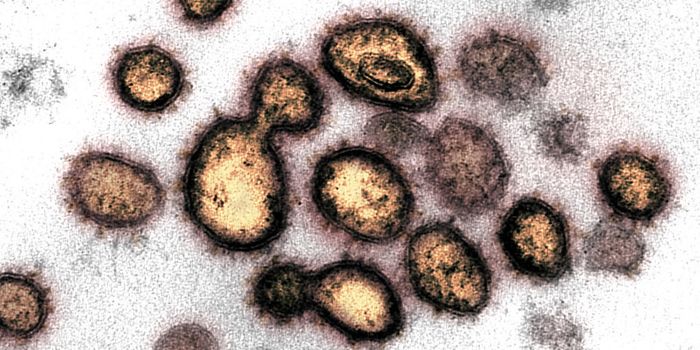Honey bee viruses. It’s safe to say that’s the first time I’ve strung those three words together.
Honey bees. These little guys are important - without their pollinating activities, one-third of the Western diet would be nonexistent. In North America and Europe alone, insects pollinate crops that are valued at between 17-18 billion US dollars. This is why we should be concerned about our bees, particularly colony collapse disorder (CCD).
Ok, what about honey bee viruses? A new review published in PLOS Pathogens by Montana State University researchers notes that colonies affected by CCD are also heavily burdened by pathogens.
Single-stranded positive sense RNA viruses are particularly good at infecting honey bees. They also have really excellent names, such as black queen cell virus, Kashmir bee virus, acute bee paralysis virus, deformed wing virus, and Kakugo virus. These viruses plague individual bees with physical deformities and paralysis - sometimes leading to death.
Many viruses are transmitted to the bees by an ectoparasitic mite called Varroa destructor (also and excellent name). Aside from being a viral vector, the mites also damage bee colonies by eating the larvae.
What’s a honey bee to do? Can’t they fight back? Well, yes, bees do have antiviral defenses, just like you and me. A bee’s cells use Toll pathways to respond to pathogen-associated molecular patterns and mechanisms such as phagocytosis and autophagy to combat pathogens.
A key antiviral defense is RNA interference. When cells sense viral dsRNA, the Dicer endonuclease chops those RNAs into small inhibitory RNAs (siRNAs). The siRNAs then guide the RNA-induced silencing complex (RISC) to other viral RNAs - RISC destroys these RNAs, hampering viral replication. Some researchers are proposing to treat colonies with similar RNAs, thus inducing an antiviral response to treat viral infections.
Bees also make an effort to groom each other, ridding the colony of parasitic mites. They also remove any infected or parasitized larvae from the colony.
The authors point to two final factors to consider. One is the role of the bee microbiome. Do changes in the individual or hive microbiome make the bees susceptible to specific pathogens? The second points to us humans. How does exposure to agrochemicals impact honey bee health?
Even if you don’t like honey bees (or honey), you should care about keeping these little guys safe. Pollinating insects make it possible for us to grow the food that feeds our planet.
Sources: PLOS Pathogens










